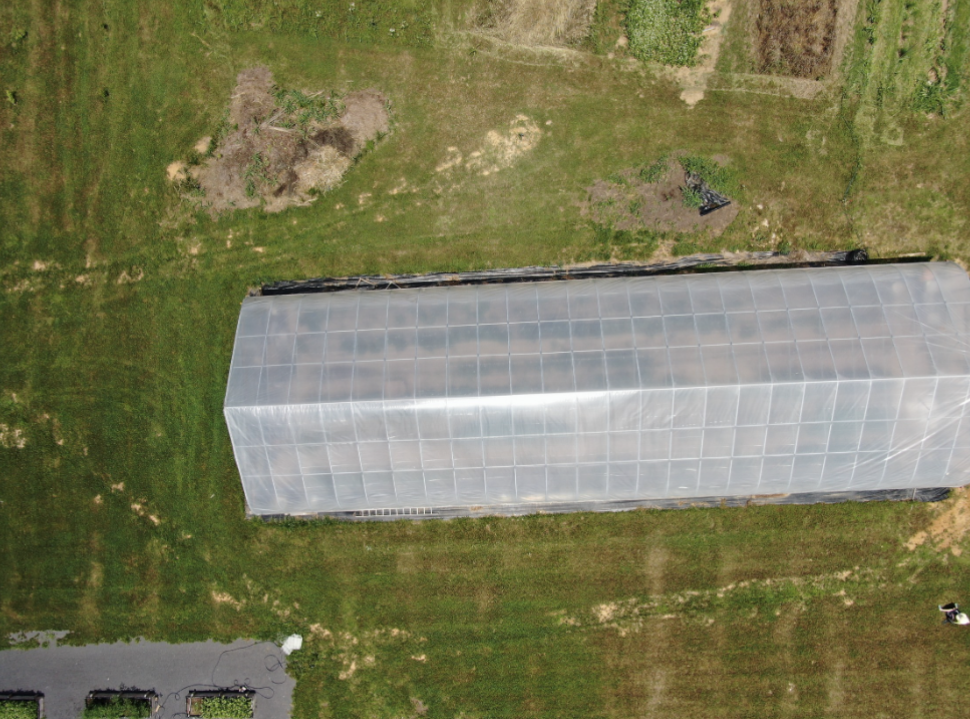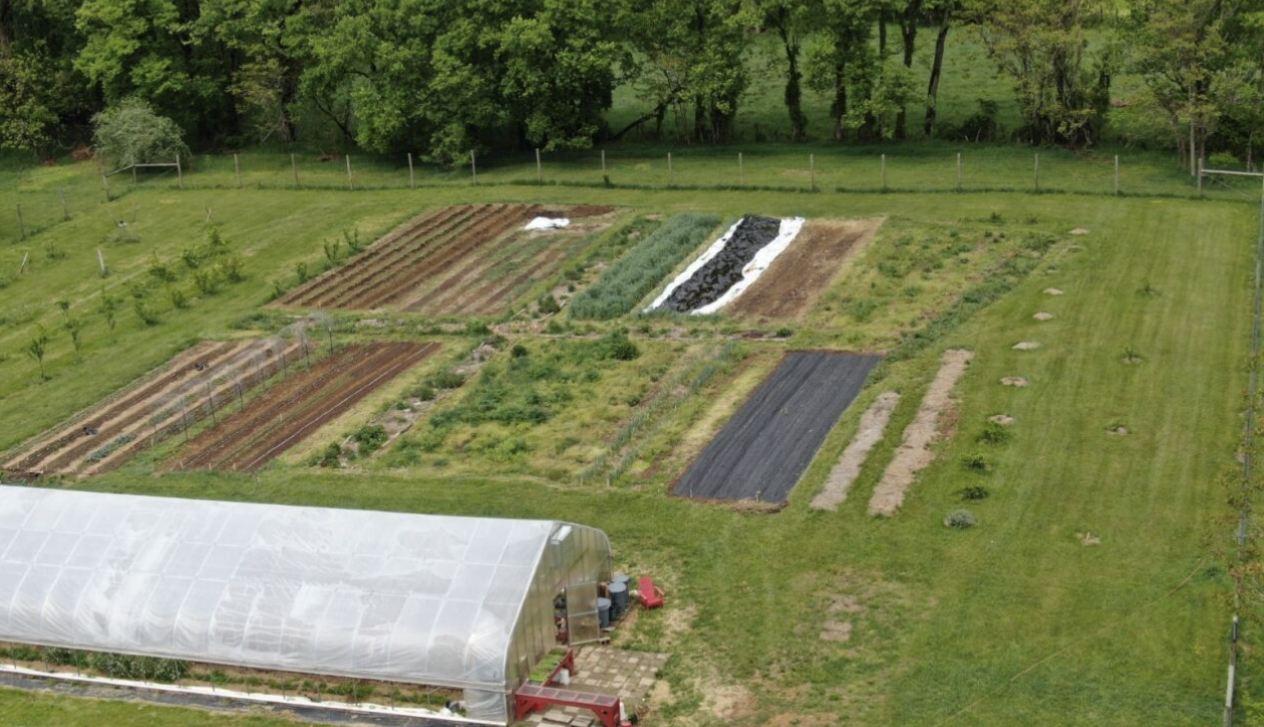Photogrammetry Midterm
1/33
There's no tags or description
Looks like no tags are added yet.
Name | Mastery | Learn | Test | Matching | Spaced |
|---|
No study sessions yet.
34 Terms
Vertical/Nadir
Photo taken from above

Low Oblique
Photo taken from an angle

High Oblique Photo
taken from a high angle, you can see the horizon

Photogrammetry
art, science, and technology of obtaining reliable information about physical objects and the environment through processes of recording, measuring, and interpreting photographic images and patterns of recorded radiant electromagnetic energy and other phenomena.
Dr. Carl Pulfrich
overlapping pairs of photos (1909)
formed foundation for many instrumental mapping techniques used today
Colonel Aime Laussedat
“Father of Photogrammetry”
topographic mapping with photos from a ballon/kite (1859)
Forms of Photogrammetry
terrestrial - from the earth
aerial - from the air
metric - looking for measurements
interpretative - looking to see whats going on
Uses of Photogrammetry
•Topographic maps•Orthophotos (orthomosaics)
•Digital elevation/surface models
•Surveying and highway planning
•Making models (teeth, buildings, shipwrecks)
Why not use high oblique photos?
its hard to stitch together images due to the lack of reference points
Why not use NADIR photos
Nadir photos don’t capture much depth
General Rule for Overlap
60% going front to back
30% when going side to side
Spatial Resolution
how big is the pixel and height of the flight
(the higher you are, the more area covered by 1 pixel)
(Higher you are, lower the spatial resolution)
Temporal Resolution
how often is the same scene imaged? How often do I need to image the scene to accomplish my goal?
Spectral Resolution
black and white vs color
Radiometric Resolution
how sensitive is everything to different variations in intensity
(how much light)
Spherical Aberration
Rays that pass through the edge of the lens don’t focus the same as the rays that pass through the center
Too many focal points, blurry pics
Chromatic Aberration
different colors focus on different spots
can be a result of lens refraction
Astigmatism
lens doesn’t focus light symmetrically the same, resulting in multiple focal points
Defocus
Images from in front or behind the sensor
Coma
incedent light isn’t perpendicular to the optical axis
Field curvature aberration
focal plane is not planar but on a curved image surface
distortion
shifts image position in the local plane
Relief Displacement
A shift in the photographic position of an image caused by the object being above or below the datum
Parallax
the effect whereby the position or direction of an object appears to differ when viewed from different positions
what assumptions do you make when calculating relief displacement
photo is taken vertically, coordinate system is at the principal point, photos are corrected for shrinkage and distorations
Photo Scale
the ration of the photo distance to the ground distance
varies as the height of the ground changes
Average photo scale (S)
ratio of the photo distance to the ground distance
outward facing relief displacement
points above the datum
inward facing relief displacement
points below the datum
dispersion
the variation of the index of refraction as a function of wavelength